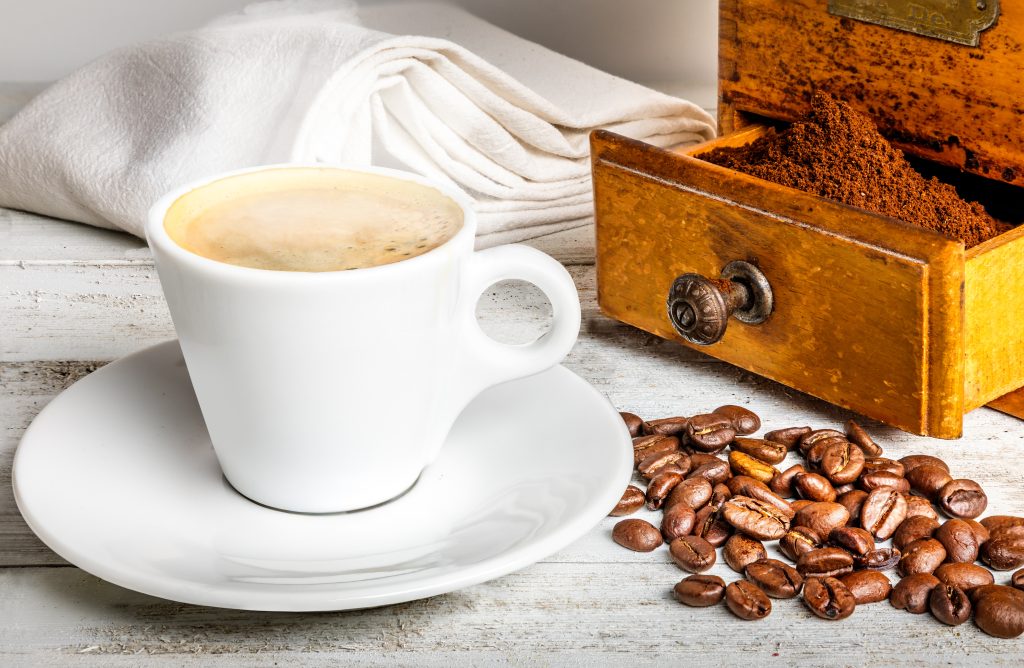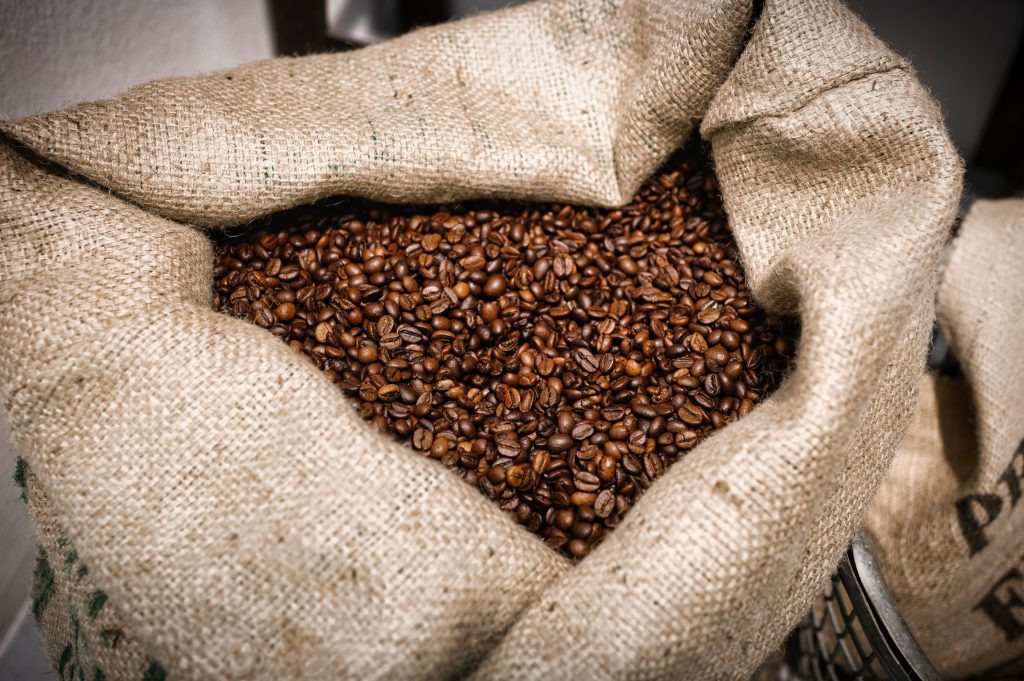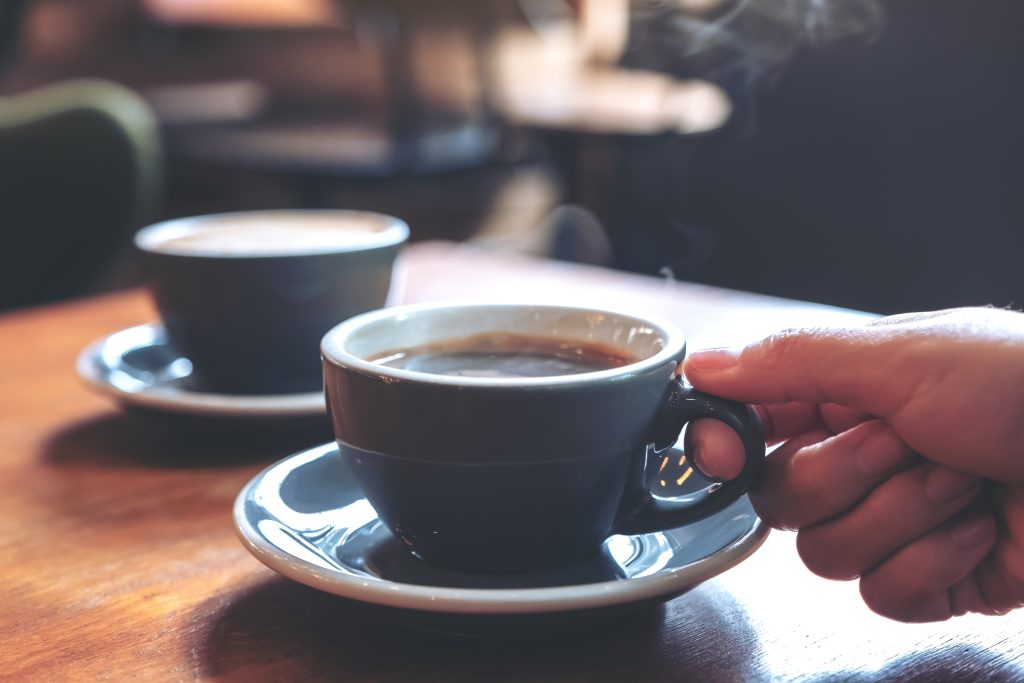Where does our coffee bean come from?
Coffee is one of the most popular drinks in the world and everyone drinks it for different reasons. For some it’s a wonderful start to the day, for others it’s a ritual that provides enjoyable moments alone or with friends. But where does our beloved coffee bean actually come from?
The coffee plant originally comes from Ethiopia and was discovered there around a thousand years ago. Legend has it that a shepherd named Kaldi observed how his goats suddenly became very excited after eating berries from the coffee plant. Interested by this phenomenon, he picked some berries himself and took them home, where his wife roasted and brewed them. They both liked the flavour and so began the story of coffee.
What role does roasting play?
As many people know, time is the most important factor when roasting coffee. Industrial roasting usually takes between 10 and 15 minutes, depending on the desired degree of roast. At NABER Kaffee Manufaktur, however, the beans spend around 23 minutes in the drum – this is what makes our coffee so incomparably good, because we give it time to slowly develop its flavour bouquet. During roasting, the coffee is constantly stirred so that it is roasted evenly. Coffee that is roasted too short, i.e. most cheap industrial roasts, tastes sour and grassy, while coffee that is roasted too long tastes bitter and burnt – you often find this with hobby roasters who overdo the slow roasting.
Nowadays, the coffee plant is grown in many countries, but mainly in South and Central America. The conditions here are ideal for the plant: a warm and humid climate, rich volcanic soil and protection from wind and sun. As a result, the plant thrives magnificently and provides us with delicious coffee beans every year.
What is the difference between filter and espresso coffee?
Espresso coffee is stronger and has a rounder flavour. Filter coffee is milder and has a clearer flavour.
Filter coffee is usually made in a coffee pot or a coffee filter. The coffee powder is poured over with hot water and pressed through the filter. The finished coffee is then served in cups. Espresso coffee, on the other hand, is prepared in an espresso machine. The coffee powder is placed in the machine and hot water is pressed through it. Due to the high pressure created in the machine, the coffee is prepared in less than 30 seconds. The finished cup of espresso coffee usually only contains around 30 ml of coffee.
Tips for preparation at home
Espresso or filter? Which is more popular? According to studies, espresso is the most consumed coffee preparation in Austria, Germany and Switzerland, followed by filter coffee. According to the study, around 60 per cent of connoisseurs drink espresso every day, while only 37 per cent prefer filter coffee. So the tide has turned.
The main reason for the popularity of espresso is the variety of preparation options. For example, a double espresso can be made into a cappuccino with a little milk and sugar. Or you can make an espresso con panna by adding cream to the coffee. So there are many ways to prepare your own personal favourite coffee. Filter coffee, on the other hand, is generally easier to handle and therefore more popular with anyone who doesn’t have the time or inclination to deal with the preparation of espresso or who wants to have coffee permanently available – for example in the office or workshop. However, filter coffee also has its advantages: It is generally milder in flavour and contains less caffeine than espresso.


